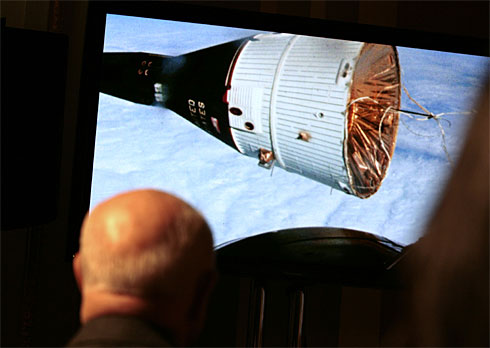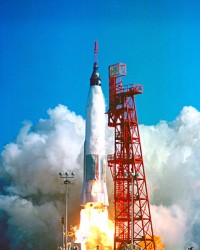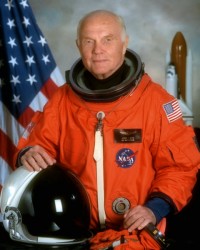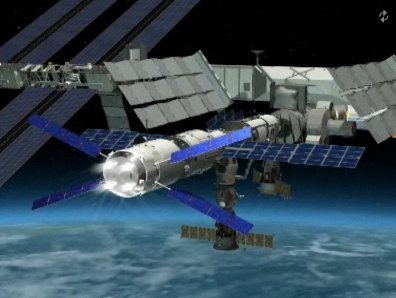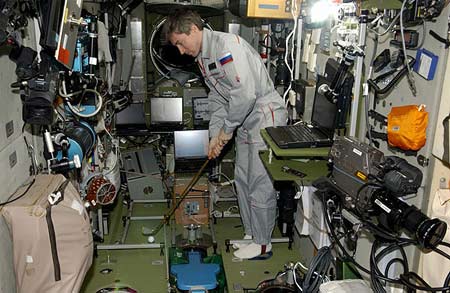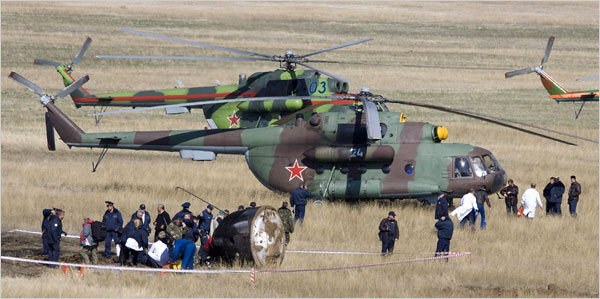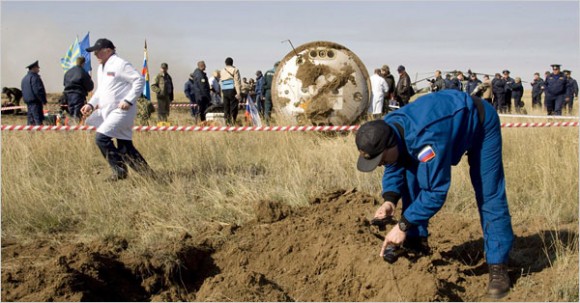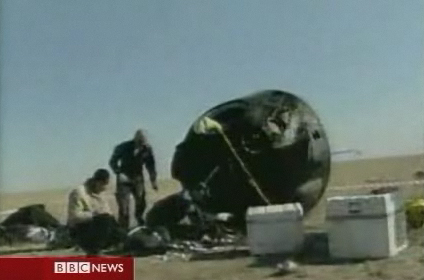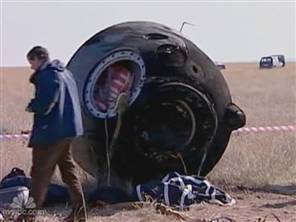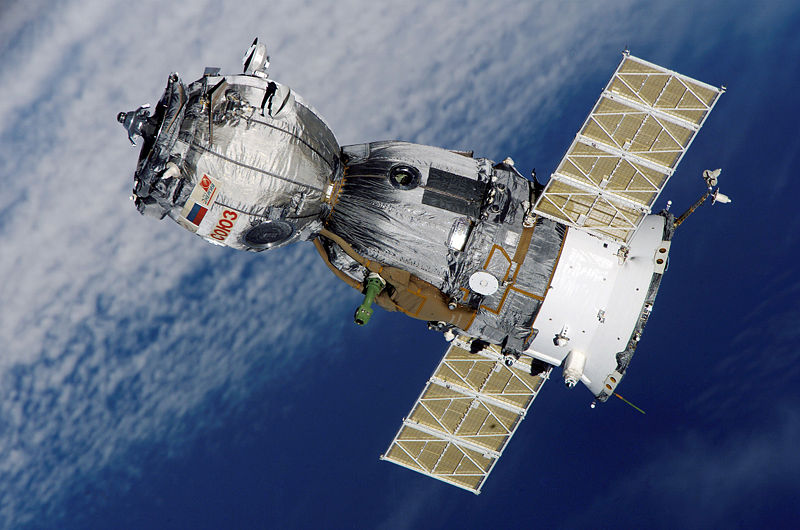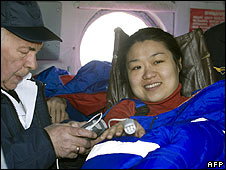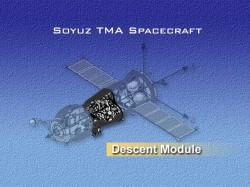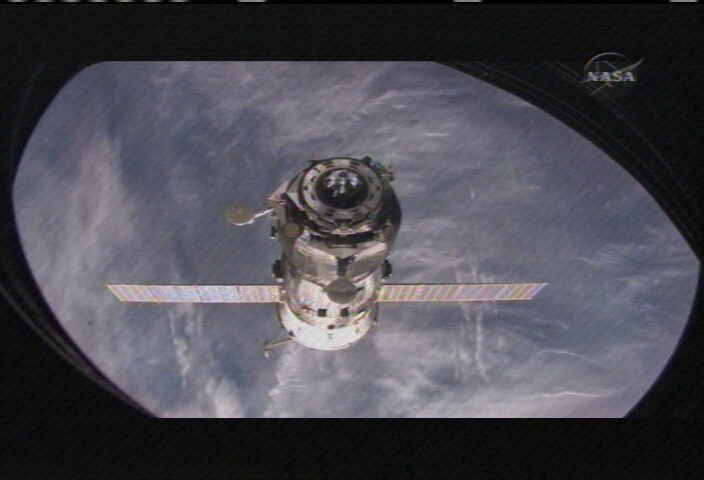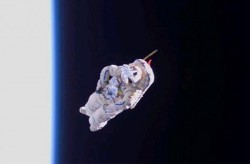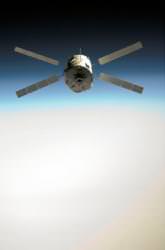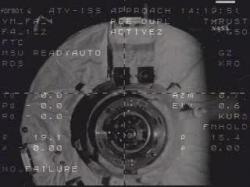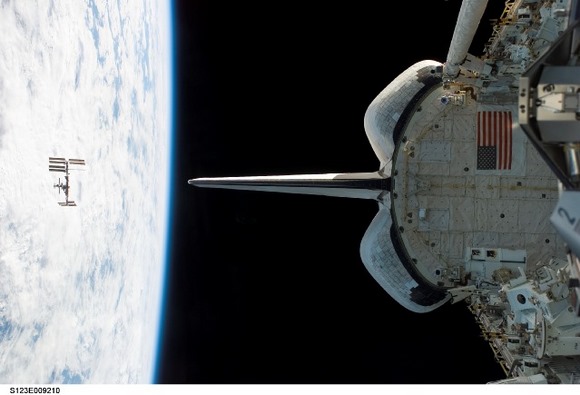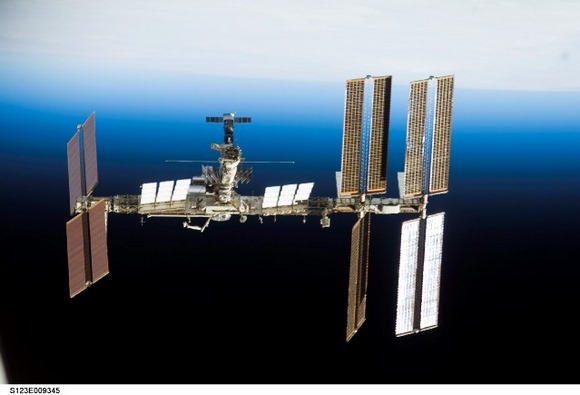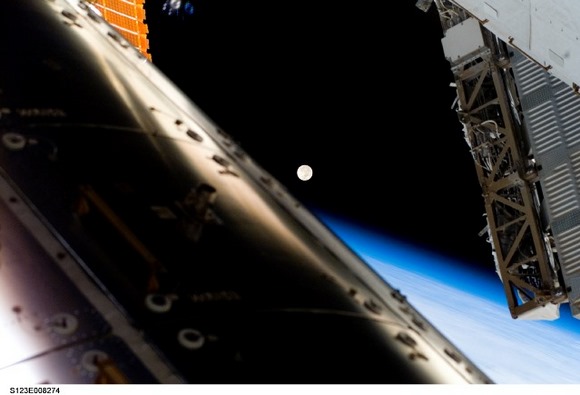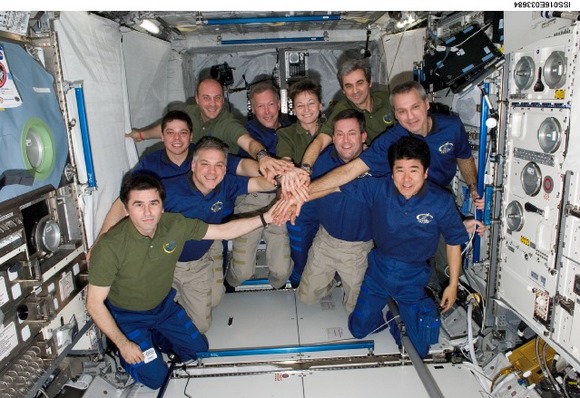On Tuesday, to help out with the 50-year anniversary of the National Aeronautics and Space Administration, clips from 100 hours of restored archive footage of NASA missions were made public. At the screening, John Glenn, America’s first astronaut to orbit the Earth, watched the clips and had time to reminisce over the administration’s “Glory Years”. He also had a very strong message for the policy makers: Extend the Shuttle program and re-commit to a long-term investment in the International Space Station. As a former Marine, Mercury astronaut, pilot and US senator, that’s a hard message to ignore…
In 1962 John Glenn made history. He became NASA’s first astronaut to orbit the Earth, and third US astronaut to travel into space. Starting out as part of the pioneering Mercury Program, Glenn served NASA until 1964 and then entered politics. In 1974 he became a US Senator where he continued till 1999. Add these accolades to his career as a US Marine pilot through World War II and the Korean War in the 1950’s, Glenn has seen more his fair share of action in the air and in space. Not wanting to end his space-faring experiences, at age 77, Glenn was launched on board Space Shuttle Discovery and became the oldest ever person in space in 1998.
On Tuesday, John Glenn attended NASA’s 50th anniversary celebrations on Capitol Hill, Washington D.C. and watched archival footage of the historic achievements of NASA. This included a 1965 clip of astronaut Ed White, taking the first American space walk outside the Gemini IV module. In the clip, White loses a space glove and it is seen floating off into space.
However, under the pride and excitement of the proceeds, there was an air of concern for NASA’s future. Glenn took this opportunity to share his views on the current funding climate for US space missions. In 2015, NASA plans to reduce its commitment to the $100 billion International Space Station, Glenn views this as a lost opportunity.
“The investment we have up there and the potential for learning new things are tremendous at a time when we’re coming under additional global competition.” The International Space Station is “the greatest, most complex laboratory ever put together.” – John Glenn
He was also critical of the decision to retire the Shuttle fleet in 2010, forcing the US to rely more on the Russian space program to supply the station. “The shuttles may be old, but they’re still the most complex vehicle ever put together by people, and they’re still working very well,” he added. Glenn says the benefits of supporting an extension to the Shuttle program will far outweigh the negatives, there is simply no way of knowing where the US will stand politically with Russia in the future, depending on another nation for the lifeline into space could be problematic.
“When we are completely dependent on them for our transportation back and forth, it means we are also subject to the whims they may have politically, as different things happen in the world that have nothing to do with the space program.” – Glenn
Sometimes it takes a NASA legend to highlight the issues facing the future of space flight, let’s just hope someone takes John Glenn’s words on board…
Source: USA Today

